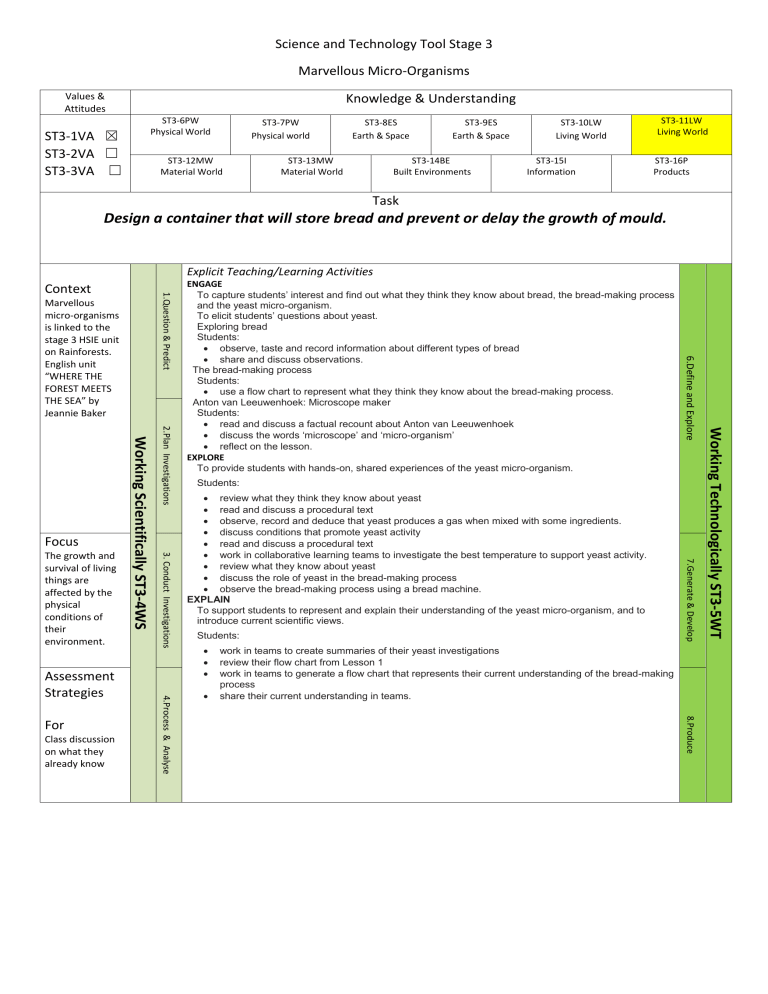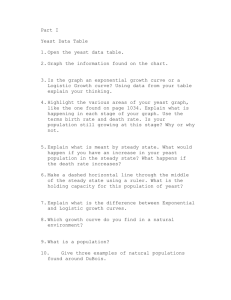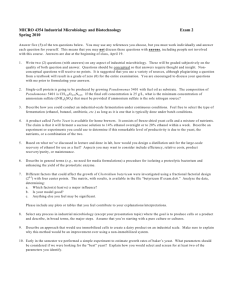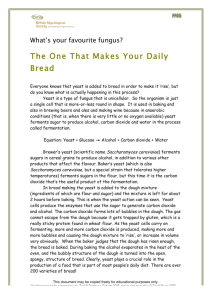Marvellous Micro-Organisms - bathurst schools alliance

Focus
The growth and survival of living things are affected by the physical conditions of their environment.
Assessment
Strategies
For
Class discussion on what they already know
Science and Technology Tool Stage 3
Marvellous Micro-Organisms
Values &
Attitudes
ST3-1VA
☒
ST3-2VA
☐
ST3-3VA
☐
ST3-6PW
Physical World
ST3-12MW
Material World
Knowledge & Understanding
ST3-7PW
Physical world
ST3-13MW
Material World
ST3-8ES
Earth & Space
ST3-9ES
Earth & Space
ST3-14BE
Built Environments
ST3-10LW
Living World
ST3-15I
Information
ST3-11LW
Living World
ST3-16P
Products
Task
Design a container that will store bread and prevent or delay the growth of mould.
Context
Marvellous micro-organisms is linked to the stage 3 HSIE unit on Rainforests.
English unit
“WHERE THE
FOREST MEETS
THE SEA” by
Jeannie Baker
Explicit Teaching/Learning Activities
ENGAGE
To captu re students’ interest and find out what they think they know about bread, the bread-making process and the yeast micro-organism.
To elicit st udents’ questions about yeast.
Exploring bread
Students:
observe, taste and record information about different types of bread
share and discuss observations.
The bread-making process
Students:
use a flow chart to represent what they think they know about the bread-making process.
Anton van Leeuwenhoek: Microscope maker
Students:
read and discuss a factual recount about Anton van Leeuwenhoek
discuss the words ‘microscope’ and ‘micro-organism’
reflect on the lesson.
EXPLORE
To provide students with hands-on, shared experiences of the yeast micro-organism.
Students:
review what they think they know about yeast
read and discuss a procedural text
observe, record and deduce that yeast produces a gas when mixed with some ingredients.
discuss conditions that promote yeast activity
read and discuss a procedural text
work in collaborative learning teams to investigate the best temperature to support yeast activity.
review what they know about yeast
discuss the role of yeast in the bread-making process
observe the bread-making process using a bread machine.
EXPLAIN
To support students to represent and explain their understanding of the yeast micro-organism, and to introduce current scientific views.
Students:
work in teams to create summaries of their yeast investigations
review their flow chart from Lesson 1
work in teams to generate a flow chart that represents their current understanding of the bread-making process
share their current understanding in teams.
As
Science Journals
Evaluation of experiments
Teacher feedback during draft design criteria
Of
Their made product and explanation of it.
Alignment to task criteria
ELABORATE
To support students to plan and conduct an investigation of the conditions that affect mould growth on food.
A nightmare in my lunch box
Students:
observe samples of mould
read and discuss an information report about mould.
Investigating mould
Students:
work in teams to plan and set up an investigation to determine factors that affect mould growth on food
observe and record the results of their investigations.
review their food mould investigation
read a factual recount of the role of Fleming and Florey in the discovery and development of penicillin.
EVALUATE
To provide opportunities for students to represent what they know about micro-organisms, and to reflect on their learning during the unit.
Students
work in collaborative teams to prepare a presentation on the role of micro-organisms in their lives
make presentations to an audience.




